What is the Kanban organizing technique? Experts explain how to 'boost productivity' with this simple method
Transform your space from cluttered to calm with this Japanese principle


We're always looking for ways to declutter and organize our homes, to take our space from stressful to serene and clear both our home and mind.
But, it can certainly be difficult to know where to start when it comes to which transformation technique is right for you, with so many decluttering methods and so much contradictory advice out there. That is where the Kanban organizing technique comes in, to cut through the noise and make things simple.
Here, experts explain our new favorite Japanese organizing technique, why it works, and, most importantly – how to use it in your own home.
The Kanban organizing method
Originally developed for Toyota Automotive, the Kanban method is a visual task organizing system that breaks tasks up into three different categories – to do, in progress and completed. Tasks then move between these stages as you work on them, giving you a clear overview of your progress, as well as what still needs to be done.

Ben Soreff, professional organizer at House2Home Organizing explains, 'The word Kanban means visual or sign card. While it began to aid car manufacturing it has been adapted by many businesses and home tasks.
'At the end of the day, it is designed to boost productivity by limiting your time on a task.'
How does the Kanban organizing technique work?
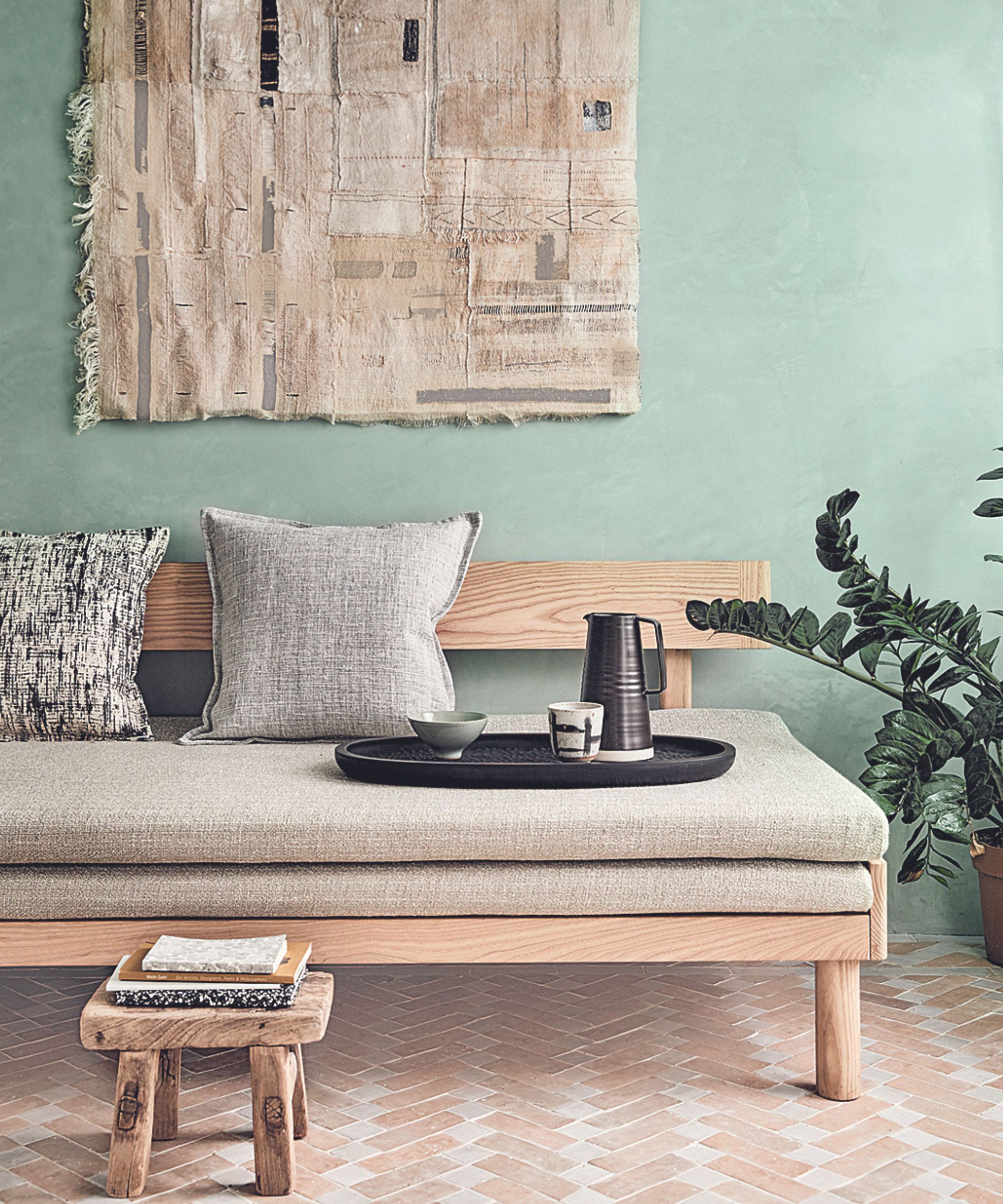
So, how does this home organizing idea work?
Meghan Kessman, professional home organizer at Meghan Kessman Home Organization says, 'Create a board (physical or digital) with the three categories. As you start a task, move it from to do to in progress, then to completed when done.
'Visually tracking progress keeps everything organized and feels satisfying,' so it's a great way to fall in love with organizing, too, as you can focus on more than one task at a time.
Kessman continues, 'It prevents a scattered feeling when juggling too much, and its visual nature makes it hard to ignore tasks, while completing tasks feels rewarding.'
How to use the Kanban organizing technique at home
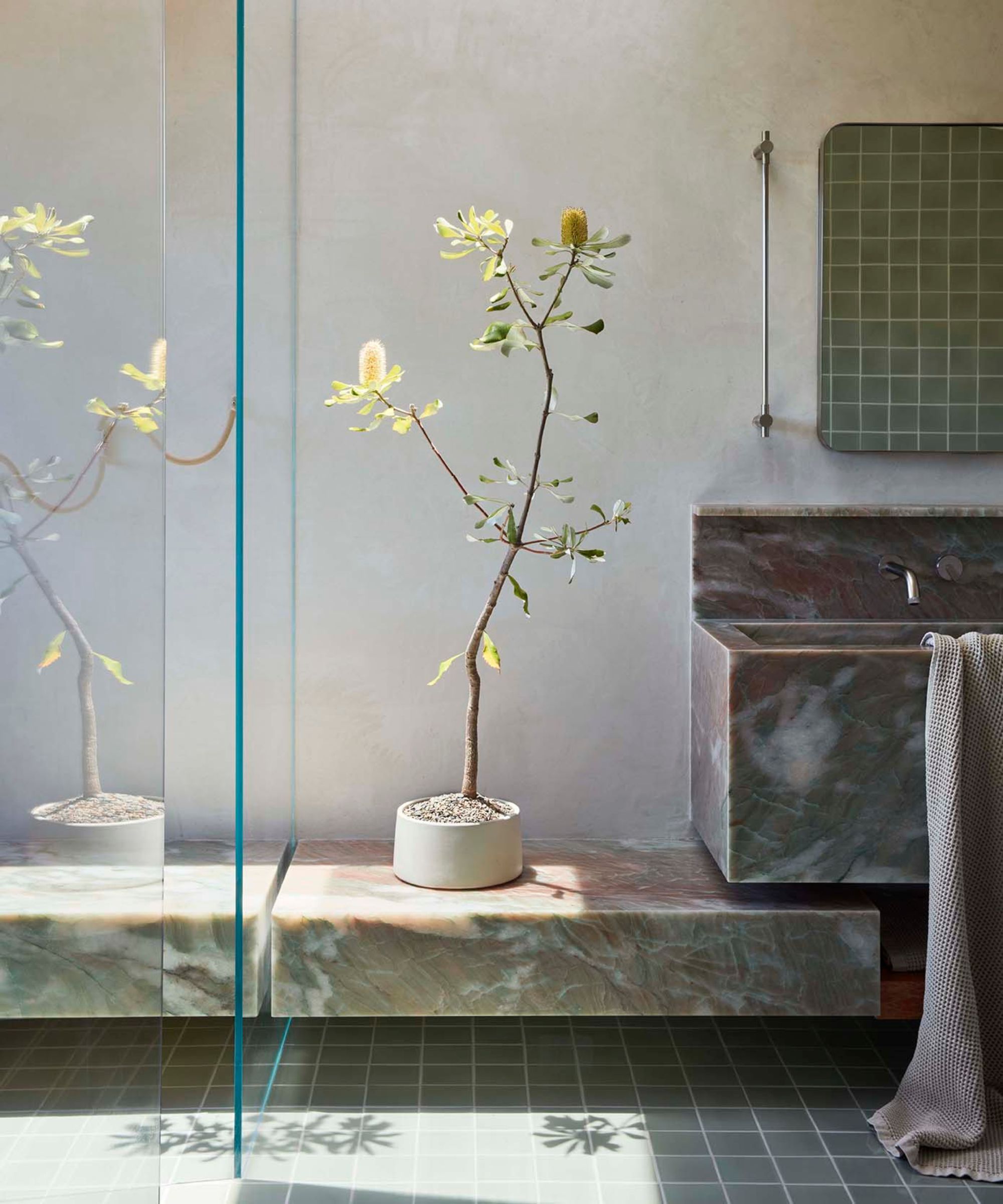
To use this technique at home, you can purchase a specific Kanban board, such as the PATboard Scrum Board and Kanban Board available at Amazon, or just use a corkboard, such as the U Brands 17 x 23 in. Cork Bulletin Board available at Walmart and post-it notes, or paper. You can also just stick your post-it notes directly onto your wall.
Then, create the three columns, and create a list of everything you want to get one in the to do column – this can be anything at all around the home, although organizing expert Soreff recommends that this technique works best with smaller tasks, such as laundry, cleaning or meal prep.
He says, 'Kanban home organization uses center more on chores and may not be super helpful for organizing big projects like a garage for instance.'
Then, to make your to-do list less overwhelming, you can assign tasks to family members, as Kessman recommends, and move the task cards along the board as they are completed. This offers a sense of achievement and motivation, and is one of the things the most organized families have in common.
Importantly, however, Soreff warns that the challenge to do with any visual to-do list is the upkeep. He says, 'You have to keep it clutter free and actually move the post-it around. You also have to not cover up the board,' so keep this in mind and set it up in a high-traffic area of the home, such as a kitchen or utility room.

This Kanban board offers a complete agile management system, with 84 magnetic cards, and multiple-mounting techniques for the ultra-light magnetic white board. It's also sustainable and reusable, so is a good investment if you intend on using the Kanban organizing technique for years to come.
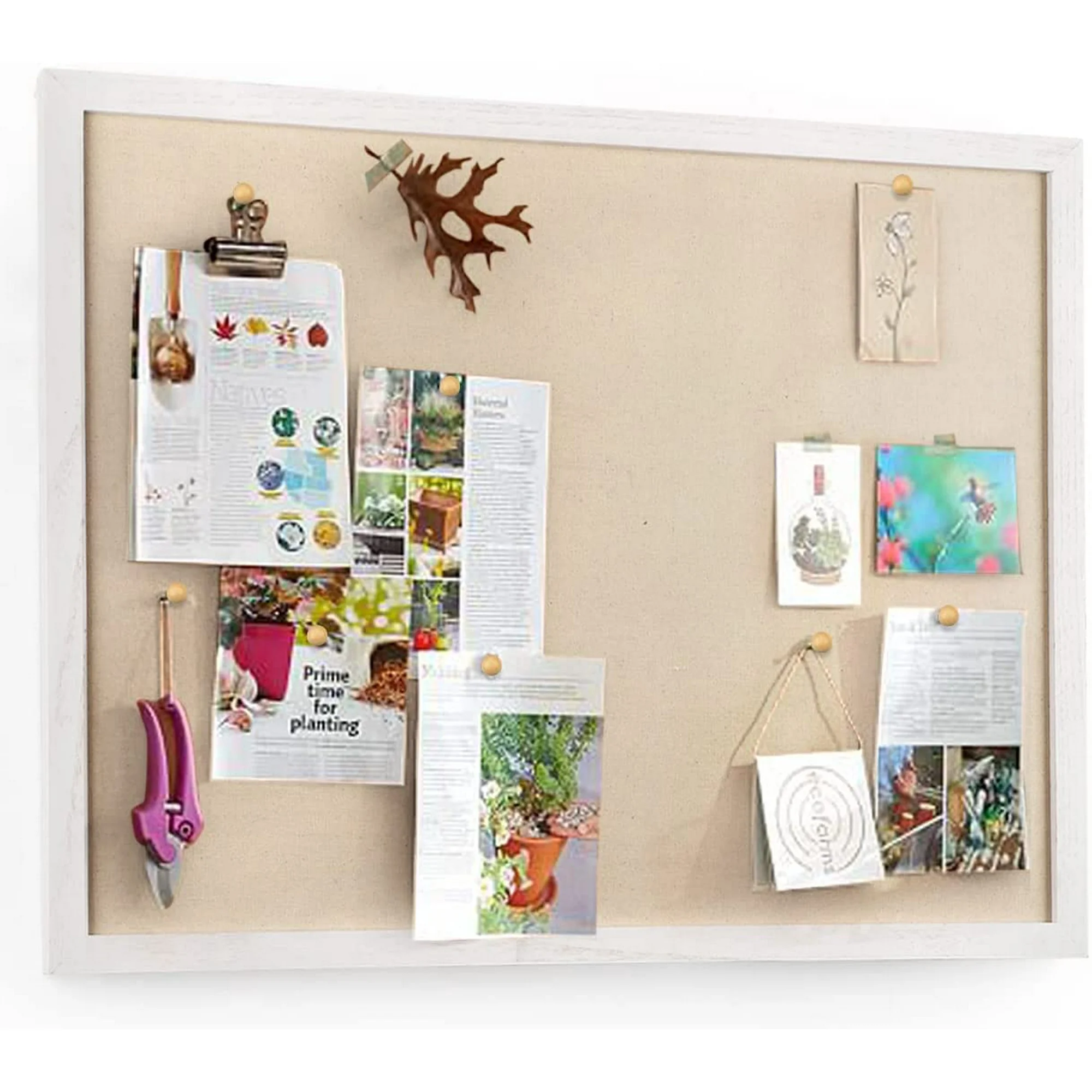 Rated 4.8 stars
Rated 4.8 stars
This is a multifunctional, large bulletin board, made of 100% solid wood. It can be hung anywhere around your home, and used for displaying papers, artworks or organizing, with push pins.
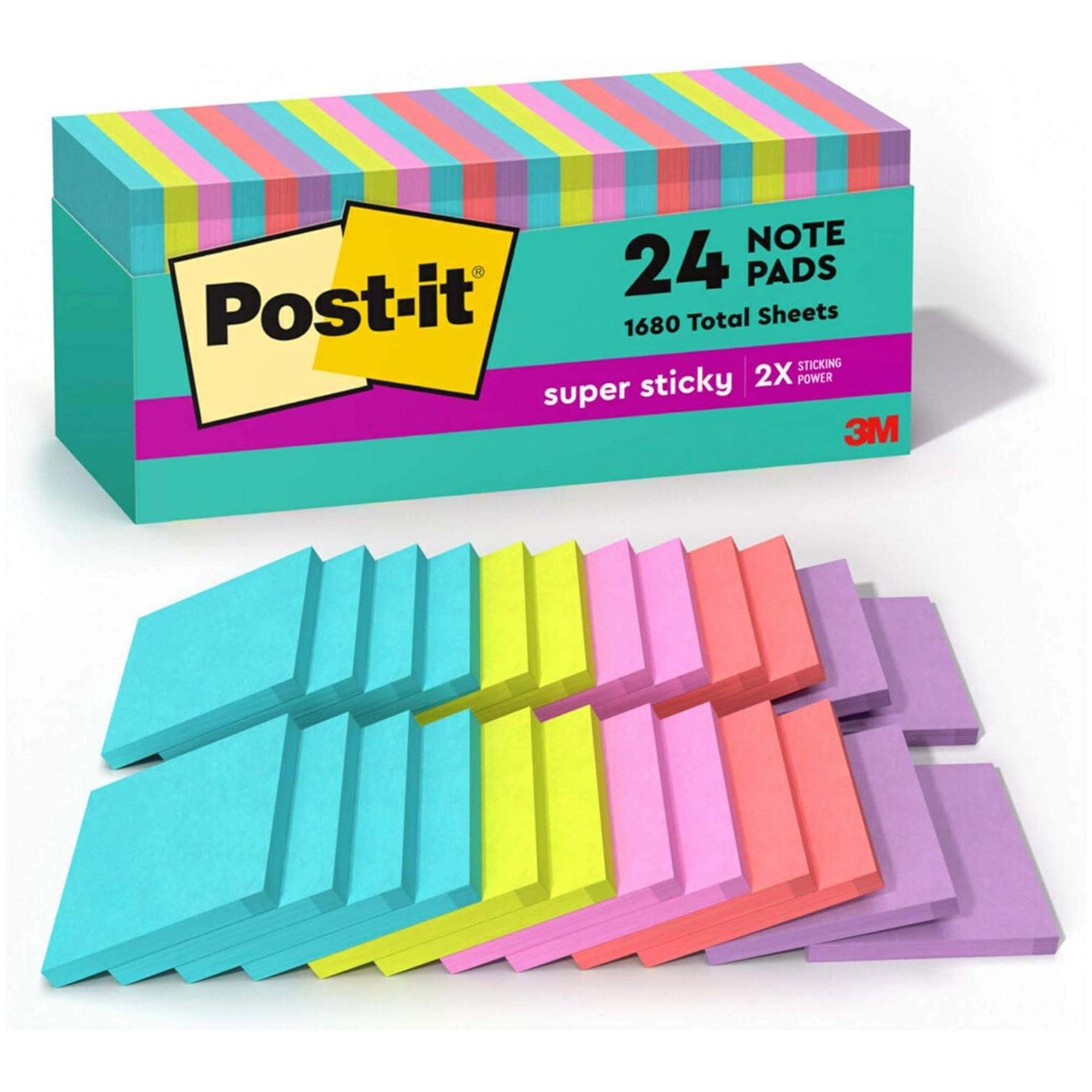
These post-it notes offer two times to stickiness of other alternative brands, and can be stuck and re-stuck anywhere, perfect for moving between columns when using the Kanban organizing technique.
All prices were correct at the time of publication.
FAQs
What is the best order to organize a house?
Start with organizing your storage ideas, as this will give you more space to store items you want to keep. Then, moved to shared areas of the home, such as kitchens and living rooms, before moving onto any private areas, such as bedrooms, bedside table drawers, and en-suite bathrooms.
Most importantly, having a schedule is the best way to get organizing tasks done, so don't forget to plan breaks too.
If you're struggling with clutter around the home, why not try the five messes tidying technique, as another way to visualize your tasks before you get started? Unlike the Kanban technique, this method focuses on one specific task at a time, and is a great way to prevent distraction when getting things done.
Alternatively, if you are a sentimentalist, try the Mottainai organizing method to make the most of your clutter without it going to waste.
Sign up to the Homes & Gardens newsletter
Design expertise in your inbox – from inspiring decorating ideas and beautiful celebrity homes to practical gardening advice and shopping round-ups.

Ottilie joined Homes & Gardens last year, after finishing a Master's in Magazine Journalism at City, University of London. With previous contributions in Livingetc and Motorsport Magazine, she produces content for the Solved section on the website, focusing on clever tips and tricks to keep your home beautiful, organized and clean. She also has an undergraduate degree in English Literature and History of Art from the University of Edinburgh, where she developed a love for inspiring interiors and architecture.
-
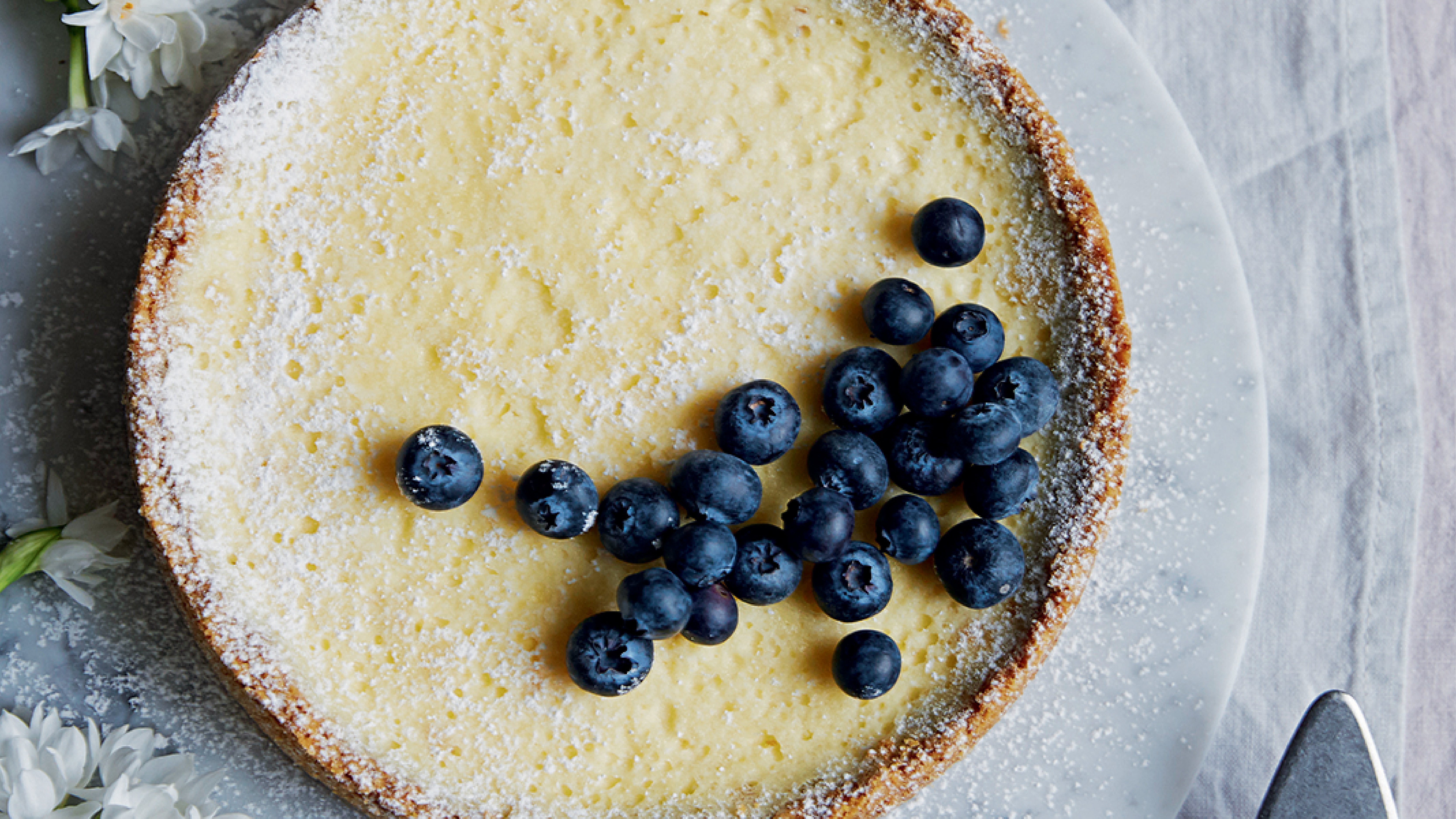 Lemon cheesecake tart
Lemon cheesecake tartThis lemon cheesecake tart combines two favorite desserts into one smooth zesty showstopper that's perfect for spring gatherings
By Alice Hart
-
 Joanna Gaines' summer Magnolia collection captures the spirit of summer with pretty florals and nostalgic charm – here's everything I'm shopping first
Joanna Gaines' summer Magnolia collection captures the spirit of summer with pretty florals and nostalgic charm – here's everything I'm shopping firstEqual parts playful and polished – this collection brings Joanna's signature warmth to summer living
By Charlotte Olby
-
 7 questions to ask yourself before moving house – realtors promise answering these questions will prevent buyer's regret
7 questions to ask yourself before moving house – realtors promise answering these questions will prevent buyer's regretDon’t make your move harder, ask these questions before moving to avoid mistakes
By Chiana Dickson
-
 ‘It leads to more headaches than it's worth’ – 4 reasons you should never store things in your oven, including fire risks and serious illness
‘It leads to more headaches than it's worth’ – 4 reasons you should never store things in your oven, including fire risks and serious illnessYour oven is for cooking, and cooking only, experts urge
By Chiana Dickson
-
 It’s a concept straight out of a fashionista's playbook, but I used the Sandwich Method to organize my kitchen shelves – it’s never looked sleeker
It’s a concept straight out of a fashionista's playbook, but I used the Sandwich Method to organize my kitchen shelves – it’s never looked sleekerIt transformed messy to mesmerizing in a matter of seconds
By Punteha van Terheyden
-
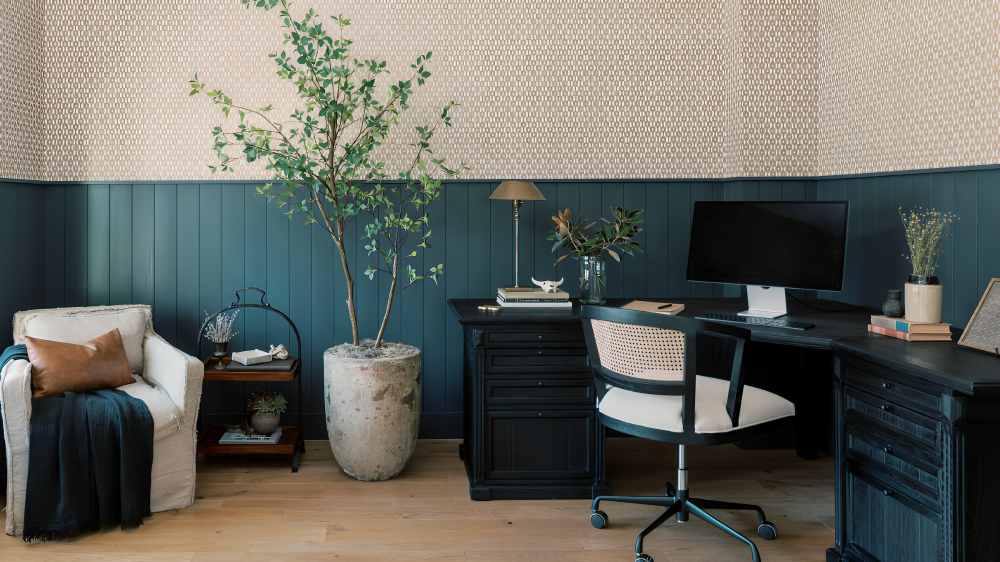 The value-based decluttering method changed my attitude toward the task – and turbocharged functionality in my small home
The value-based decluttering method changed my attitude toward the task – and turbocharged functionality in my small homeIt's proven to be transformative for my home over the last six months
By Chiana Dickson
-
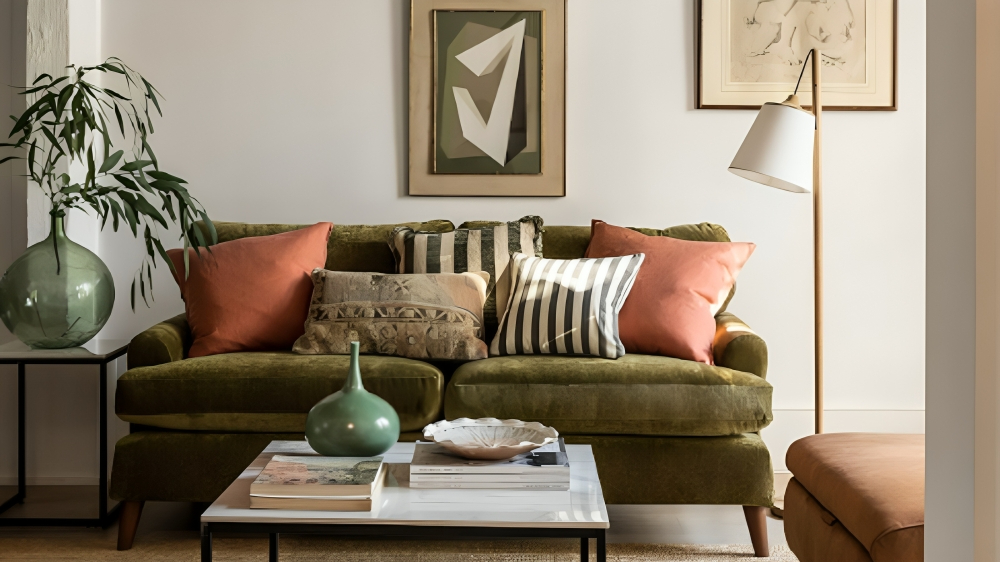 5 low-energy and useful tasks to try instead of doom-scrolling – this brain hack will break bad habits
5 low-energy and useful tasks to try instead of doom-scrolling – this brain hack will break bad habitsExperts urge you to try it for your wellbeing
By Chiana Dickson
-
 How to store a comforter or duvet properly over the warmer months – pros say 'breathable is the buzzword'
How to store a comforter or duvet properly over the warmer months – pros say 'breathable is the buzzword'Clean, air out, fold and roll your way to a fresh and fluffy duvet
By Ottilie Blackhall
-
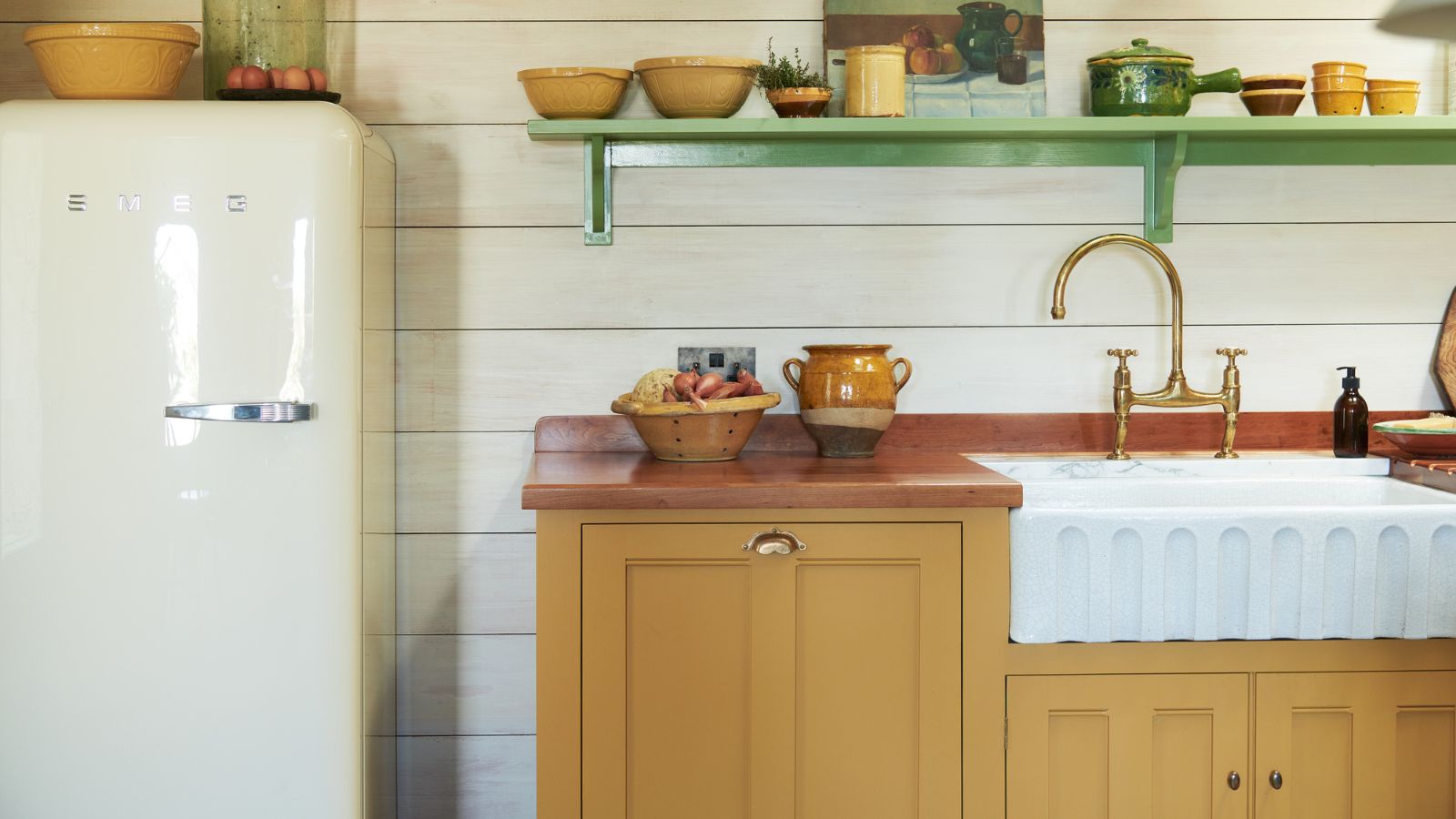 This tiered Joseph Joseph dish rack solved the constant sink-side traffic jam in my kitchen
This tiered Joseph Joseph dish rack solved the constant sink-side traffic jam in my kitchenI wish I’d swapped to it sooner
By Punteha van Terheyden
-
 ‘An important tenet in staying organized’ – 6 easy habits for a more minimalist and streamlined home
‘An important tenet in staying organized’ – 6 easy habits for a more minimalist and streamlined homeWorking on these organizational habits will make your home more manageable
By Chiana Dickson